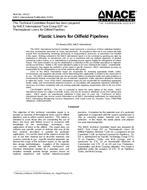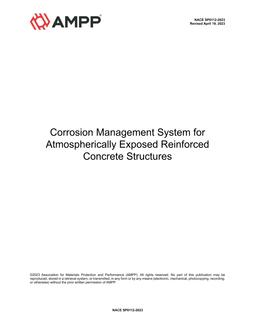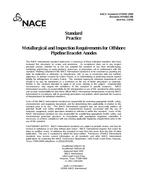Click here to purchase
The objective of this technical committee report is toprovide an overview of thermoplastic liners used in oilfieldpipelines, and to reflect current practices. This report isintended to assist those who are considering the use ofliners, but have only limited access to resources withknowledge of the terminology, techniques, andapplications of liners in the oilfield. This report does notendorse any specific system or indicate that any of theliner systems described is suitable for particularapplications. It is not the intent of this report to restrict theuse of any liner material but to describe materials andsystems currently in use. Specific material properties arebeyond the scope of this technical report, as are specificliner design methodologies. Suppliers of the materialscan normally provide the specific mechanical andchemical information needed by a potential user, andinstallers normally provide design services based onregional experience and normal industry-acceptedpractices. Evaluation by the potential user of a particularapplication in conjunction with the system manufacturer isvital to ensuring proper material and liner systemselection. In this report, the words plastic and polymerare used interchangeably.
Product Details
- Published:
- 02/01/2001
- Number of Pages:
- 8
- File Size:
- 1 file , 57 KB



